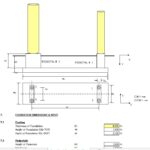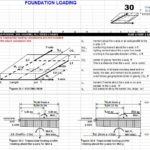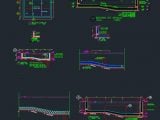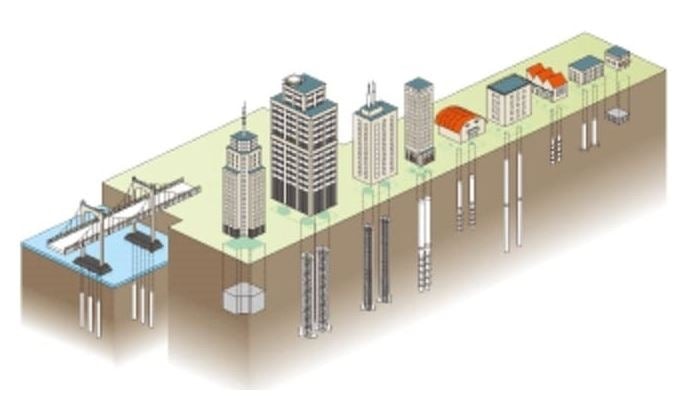
Foundation types and selection criteria
31 January 2020Table of Contents
Foundation types and selection criteria
There are a number of foundation types available for geotechnical engineers.
1. Shallow foundations
Shallow foundations are the cheapest and most common type of foundations (Fig.1).
Shallow foundations are ideal for situations, when the soil immediately below the footing is strong enough to carry the building loads. In some situations soil imme-diately below the footing could be weak or compressible. In such situations, other foundation types need to be considered.
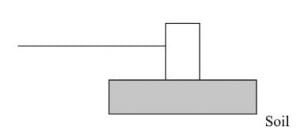
Fig.1. Shallow foundations
2. Mat foundations
Mat foundations are also known as raft foundations. Mat foundations, as the name implies, spread like a mat. The building load is distributed in a large area (Fig.2).
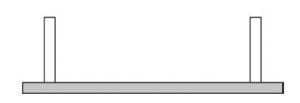
Fig.2. Mat foundations
3. Pile foundations
Piles are used when bearing soil is at a greater depth. In such situations, the load has to be transferred to the bearing soil stratum (Fig.3).
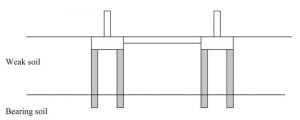
Fig.3. Pile foundations
4. Caissons
Caissons are nothing but larger piles. Instead of a pile, a group few large caissons can be utilized. In some situations, caissons could be the best alternative (Fig.4).
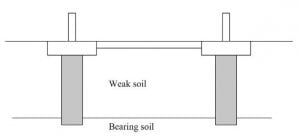
Fig.4. Caissons
5. Foundation selection criteria
Normally, all attempts are made to construct shallow foundations. This is the cheapest and fastest foundation type. The designer should look into bearing capacity and settle-ment when considering shallow foundations.
The geotechnical engineer needs to compute the bearing capacity of the soil immediately below the footing. If the bearing capacity is adequate, settlement needs to be computed. Settlement can be immediate or long-term. Immediate and long-term settlements should be computed (Fig.5).
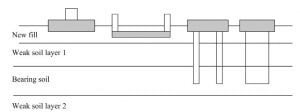
Fig.5. Different foundation types
The Fig.5 shows a shallow foundation, mat foundation, pile group, and a caisson. A geotechnical engineer needs to investigate the feasibility of designing a shallow foundation due to its cheapness and ease of construction.
In the previous situation, it is clear that a weak soil layer just below the new fill may not be enough to support the shallow foundation. Settlement in soil due to loading of the footing also needs to be computed.
If shallow foundations are not feasible, then other options need to be investigated. Mat foundations can be designed to carry large loads in the presence of weak soils. Unfortunately, cost is a major issue with mat foundations. Piles can be installed as shown in the figure ending in the bearing stratum. In this situation, one needs to be careful of the second weak layer of soil below the bearing stratum.
Piles could fail due to punching into the weak stratum (Fig.6).The engineer needs to consider negative skin friction due to the new fill layer. Negative skin friction would reduce the capacity of piles (Fig.7).
Due to the new load of the added fill material, weak soil layer 1 would consolidate and settle. Settling soil would drag the piles down with it. This is known as negative skin friction or down drag.
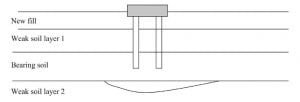
Fig.6. Punching failure (soil punching into the weak soil beneath due to pile load)
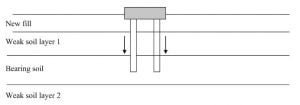
Fig.7. Negative skin friction




